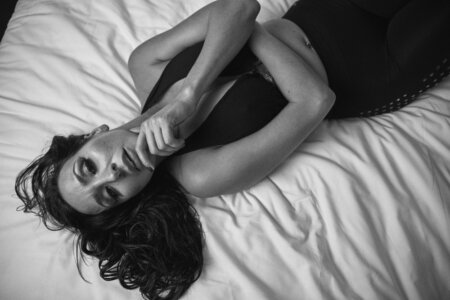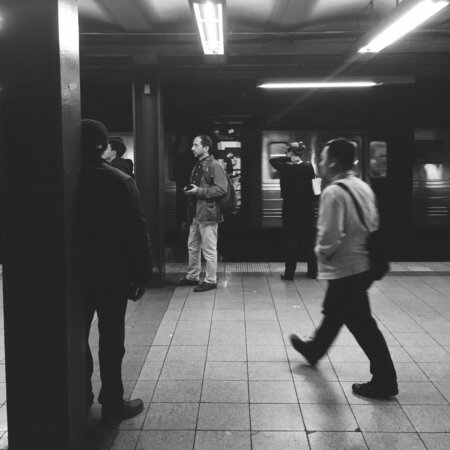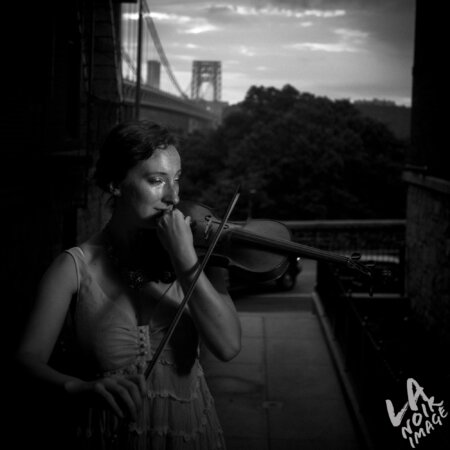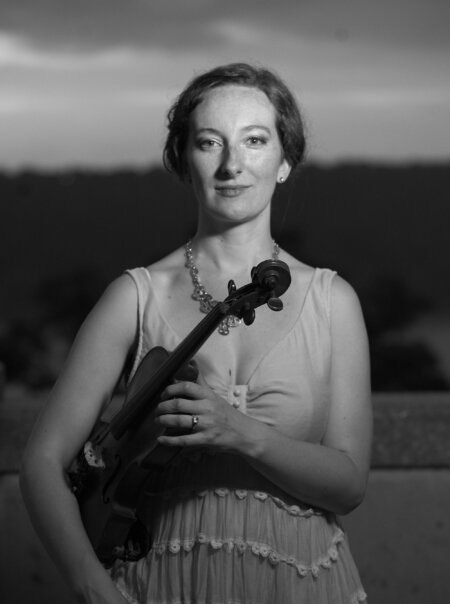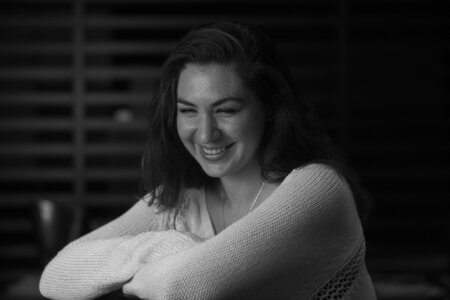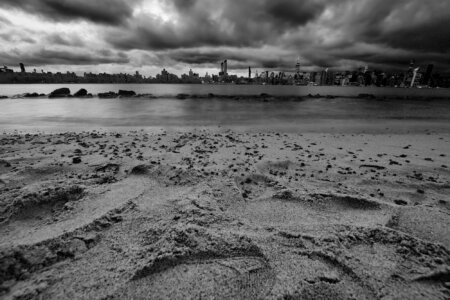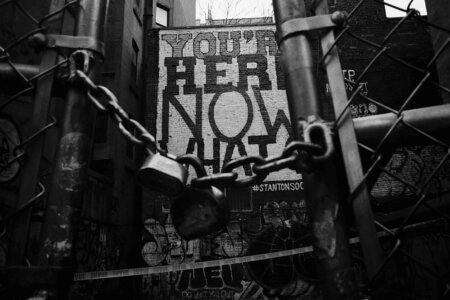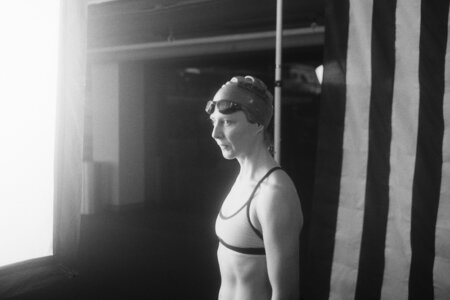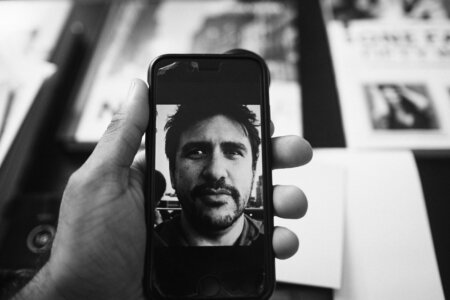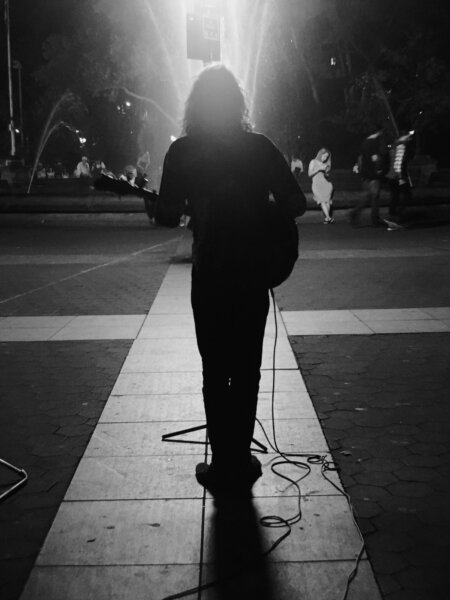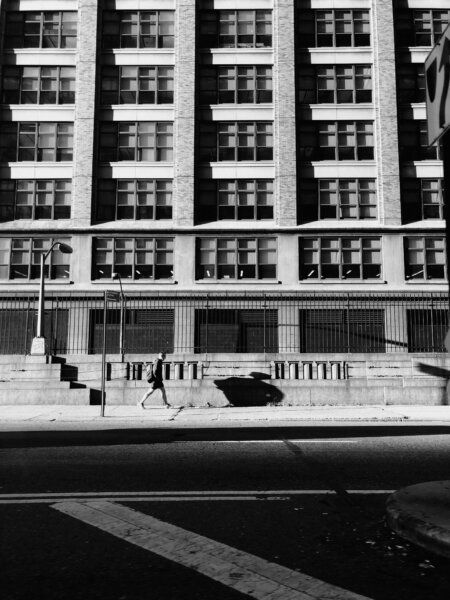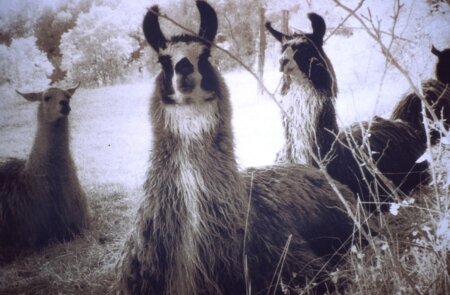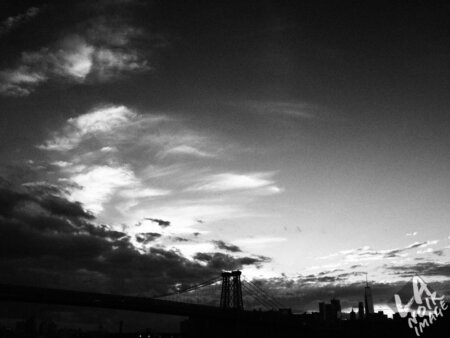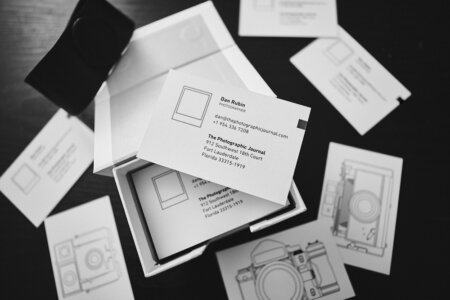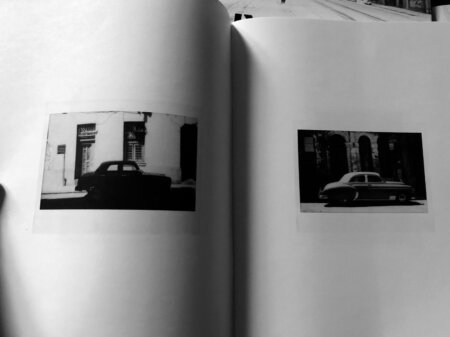Natural light portraiture is a passion of so many photographers out there. But for many of these photographers, there’s a little formula that they always do. It goes something like this: aperture priority, focus on the eye, shoot. That’s it. There’s nothing more to it. And for the most part, it’s copied over and over again because it works. With black and white photography, that idea can surely work. However, there are other things that a photographer can do to create even better photos.
An inspiring documentation of the monochrome lifestyle
From Education
5 Things That Black and White Does for a Photo That Color Can’t
Black and white photography is seeing a revival in all fields. Photographers who really like the idea of working with shapes, tones, and like to be very specific about their scenes have found that black and white is really perfect for them. In times past, photographers mostly used black and white as a way to…
How to Create Light That Isn’t There When Editing a Black and White Photo (Premium)
One of the toughest things to do for many photographers is learning how to light; some people never learn how to understand it while others simply just have no interest in it. But the good news is that at least when it comes to black and white photography, you can get away with it a bit more. Further, you can also create light that will look good in the scene and worry about it just a tad less. You just need to be a bit observant.
How Much Clarity and Sharpness is Too Much Clarity and Sharpness in Black and White Photography? (Premium)
I think we’ve all seen it: photography that follows a simple recipe. It’s in the black and white world and it goes something like this: convert to black and white > raise clarity > raise sharpness > raise contrast > export. Sometimes they’re done well, but more often than not that’s very rare. Most of the time the images look like tacky digital simulations due to people not understanding light and exactly what’s going on. All of this has its roots in the film days.
Why and How Too Much Contrast Can Kill a Portrait (Free One)
It’s a fact, photographers love contrast. But it doesn’t always work out so well–case in point: portraiture! Don’t believe me? Well, let’s consider the fact that photographers for many years have been shooting with a low contrast film called Kodak Portra to photograph people. Crazy, right? So what made people want to do high contrast portraits? Most of the time, folks unfortunately just don’t know any better. But when it comes to black and white photography, we have to showcase to you how and how too much contrast can kill a portrait.
High Contrast vs Low Contrast Black and White Photo Editing: What’s the Difference?
Take a look at our lead image: would you say that it is a high contrast photo or a low contrast photo? What’s your justification for your answer? The truth is that it’s a medium contrast image that just had the blue and orange channels manipulated. If you were paying attention to our previous tutorial, you’ll understand how color channels can affect a whole lot in the scene that you’re photographing and editing and how white balance compounds on top of that. If you look online, lots of photographers love a specific recipe: black and white > high contrast > clarity raise > export. But the truth is that that doesn’t always work out so well unless it’s done specifically well and lit in a very specific way.
How White Balance Effects Editing a Black and White Photo
Who would’ve ever thought that white balance is something that’s so very important to an image and especially so in black and white? Believe it or not, most people wouldn’t think so. They’re perfectly content with going along with whatever the camera gives them in auto. Even further, many folks never even care to edit their white balance. White balance can surely affect the colors in an image but they’ll really affect the way that the tones in black and white photography works out too. We’re going to show you how white balance can greatly alter your black and white image and the theories behind it.
The Truth About Rangefinder Cameras That No One Else Will Tell You (Premium)
Rangefinder cameras are hot; they’ve gone through a period of glory, then spent time in the darkness, then returned, and now they’ve returned again in one of the biggest ways. The type of camera typically associated with Leica and used as an icon for loads of different graphics is indeed something that most folks would want. Though if you’ve never considered one, then you probably may not know where to start or you may have gotten one or two things wrong. Take some advice from someone whose screwed it up a number of times now.
A Rangefinder Won’t Necessarily Make You a Better Photographer
Creative vision is what matters in the end no matter what the internet may tell you about rangefinder cameras.
The Secret to Getting Better Black and White Photos From Your Smartphone (Free Tutorial)
When you go about taking pictures with your smartphone, you’re probably not going about thinking into the scenes too much. For the most part, the beauty of smartphone photography is how candid it can be if you’re just looking for a quick photo. But lots of folks either use their smartphone as their primary camera or they feel confident enough in their abilities to produce great work. With so much technology packed into today’s phones, it’s indeed incredibly simple to take better photos.
Using Lenses to Make Your Mobile Photography Better (Premium)
It’s just a tool. Nothing more.
Advanced and Intermediate Members: Here’s Tutorial Video #1
Hey Advanced and Intermediate Members: Here’s your first tutorial video. Head over to this link and use code theblackimage to get it for absolutely, totally free! EDIT: Try this link instead!!!!
Creating the Decisive Moment: Leading Lines in Street Photography
The decisive moment is one in street photography that is often spoken about being captured, but it can also be created.
How Do Leading Lines Work in Black and White Photography? (Premium)
Leading lines: they’re one of the first things that every photographer learns about when it comes to shooting images in school. If you learned online and without format training, then you probably studied the rule of thirds first. But when you’re looking at a photo, one of the best ways ro artfully create an image that photographers have traditionally been taught is by using leading lines. Call it a rule that needs to be broken, it’s still a very effective one that when done correctly, can trump pretty much any other rule out there with the exception of using text in an image. For many years, black and white photography was the way to go. But when color came around, things changed quite a bit.So let’s explore leading lines and black and white photography.
Silver Gelatin Photography: The Medium That Changed the World
“Silver gelatin photography changed the world by democratizing photography.”
Tips For Photographers On Selling Your Prints: From a Person Who Buys Prints (Premium)
What do you think of immediately when you say that you’re going to sell a print? Is it just a piece of paper and nothing more? If that’s what you’re doing, then you’re probably selling prints wrong or the person that you’re buying them from isn’t doing it right at all. Because it isn’t done as much, printing is sort of a lost art–or at least it’s starting to become one. The art of bringing your photos into real life though isn’t something that loses its impact. Every time you see a photo of your manifest itself onto a piece of paper or other medium, it should be magical if done right. And that magical experience should be shared with others. But to do that, you have to treat others with the same respect that you would want.
The Photographer’s Guide to Creating Business Cards That Stand Out (Premium)
The secret to better business cards is not only about having meaningful conversations.
On Making Your Own Photobook: What You Need to Know
“While this may seem like a null issue to some photographers, it’s a big one to others.”
Matte vs Glossy Paper: What Should You Print on (Premium)
If you’ve ever had prints made or seen them, then chances are that they’re all from the same Fujifilm paper used by Walgreens, Costco, Duane Reade, etc. That’s a glossy paper and that’s what people are so used to seeing. I’m going to tackle glossy in a bit. But first, I should really emphasize and talk about matte paper. Instead of these pharmacy prints, you should liken matte paper more to the types of paper that one would typically write on. Even then, matte paper isn’t really done a whole lot of justice by saying that.
What Ilford Film is Best for Landscape Photography? (Premium)
Ilford films are available for pretty much any type of photographer that you can name or list. At the moment, they have the largest selection of black and white films on the market as it is pretty much all that they produce. So with that said, there’s no good reason why landscape photographers would have been left out. Many photographers shoot landscapes as a hobby and very few actually end up selling prints of their images or being commissioned for tourist reasons. The look that Ilford film can provide is one that’s quite interesting. There are tons of photographers out there who shoot digital and simply try to create keystoned HDR photos. But that’s not really what film does.
